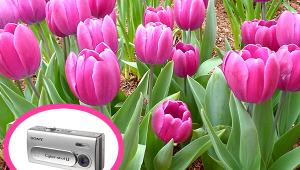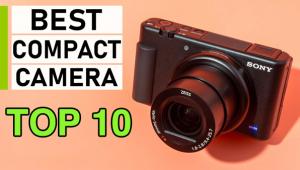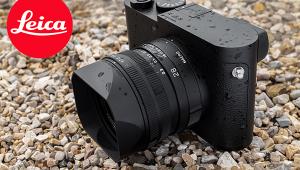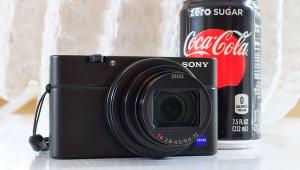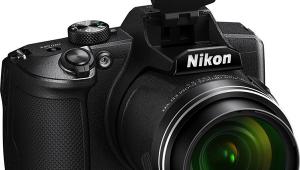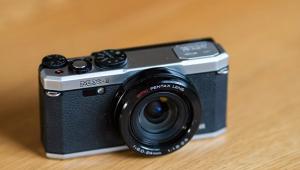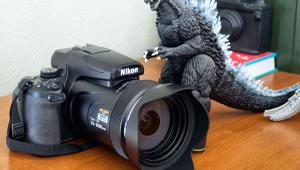The Big X (Zoom Ratio) Factor; Five Superzoom Digicams
Some of the most interesting new cameras are extended zoom models, lightweight units that have extremely long-range zoom lenses that make it possible to use a small camera to capture a distant subject. Extended zooms fall into two broad categories: compact models with 10- to 12-megapixel sensors and zoom ranges around 10-12x, which can fit into a pocket or purse, and slightly larger cameras, which also have 10- to 12-megapixel sensors, but with zoom ranges extending from 18-26x. In other words, some have a telephoto range that extends to a 35mm equivalence of over 670mm! The latter is the group we’ll look at here.
 |
|
 |
|
 |
|
|
The cameras we worked with for this article include some of the numerous 18-26x extended zoom models on the market, including Canon’s PowerShot SX1 IS, Kodak’s EasyShare Z980, Nikon’s COOLPIX P90, Olympus’ SP-590 UZ, and Pentax’s X70.
Pros And Cons
Even without a body attached, a 600mm lens for a D-SLR couldn’t fit into the average camera bag. It’s large and it’s heavy. You’d need a large case or backpack to haul it around. Extended zoom digicams make it possible to carry a camera that has that type of coverage with you, just about anytime, anywhere. The lenses for these cameras are only a few inches long and add only a few ounces to the overall weight of the camera. All these cameras weigh just about a pound each.
Extended zooms are great for shooting wildlife. Whether it’s an exotic animal in the jungle, a pelican at the seashore, or a squirrel in the backyard, they make it possible to photograph animals that couldn’t be captured any other way.
Another plus for extended zoom cameras is the ability to shoot inconspicuously. Large lenses attract attention. Shoot with a conventional 300mm lens and everybody wonders what you’re taking pictures of. Shoot with an extended zoom camera and you can zoom in on whatever is happening, without interfering with what is going on.
 |
||
 |
 |
|
|
||
However, if you’re going to be seriously shooting sports, action, nature, or any other specialty where telephoto lenses are required, it’s best to go with a D-SLR and a long telephoto or zoom lens. With all the things extended zooms have going for them, they are not an alternative to shooting with conventional long telephoto lenses. For one thing, at the maximum extension, they aren’t as sharp. On top of that, they’re generally slower, making low-light photography more difficult. Higher ISO settings on some of the cameras reduce that problem somewhat. The Nikon, for example, not only has an ISO setting of 6400, it also has a High setting that extends sensitivity one stop beyond that. The downside is that, at such high ISOs, there can be the problem of noise.
It takes practice to shoot action. If you press the shutter down to fire at the height of the action, you’ll probably miss the optimum shot. With most of them, there is a focusing lag, so any action photography requires anticipating the shot in order to capture just the right moment.
On the other hand, all of these cameras have some form of Image Stabilization/Vibration Reduction built-in. The Nikon, Olympus, and Pentax models utilize Sensor-Shift Image Stabilization as the primary technology for shake reduction. Canon and Kodak use Optical Image Stabilization. There’s a tendency for users to turn Image Stabilization off when shooting with extended zooms, because it can make general focusing more jerky. Don’t. For long telephoto photography, it’s important to keep it on. Higher ISOs can also help with Image Stabilization. The higher the ISO, the faster the shutter speed, resulting in less shake motion.
 |
|
 |
|
 |
|
|
Viewing
All the cameras in this category have an eye-level viewfinder and a back of camera LCD monitor for viewing. You get to choose which one is better for the lighting conditions at hand, though eyepiece viewing generally leads to steadier shooting. The eyepiece finder is an electronic viewfinder (EVF) type, which, unlike the mirror viewing of a D-SLR, is like viewing through a video camcorder. There is no question that the quality of the EVF viewing experience is not as high as with D-SLRs.
- Log in or register to post comments
